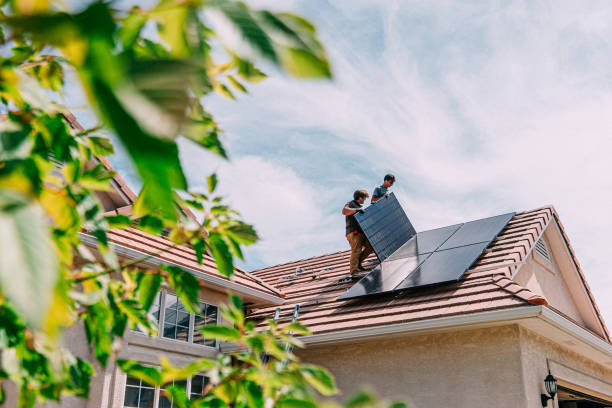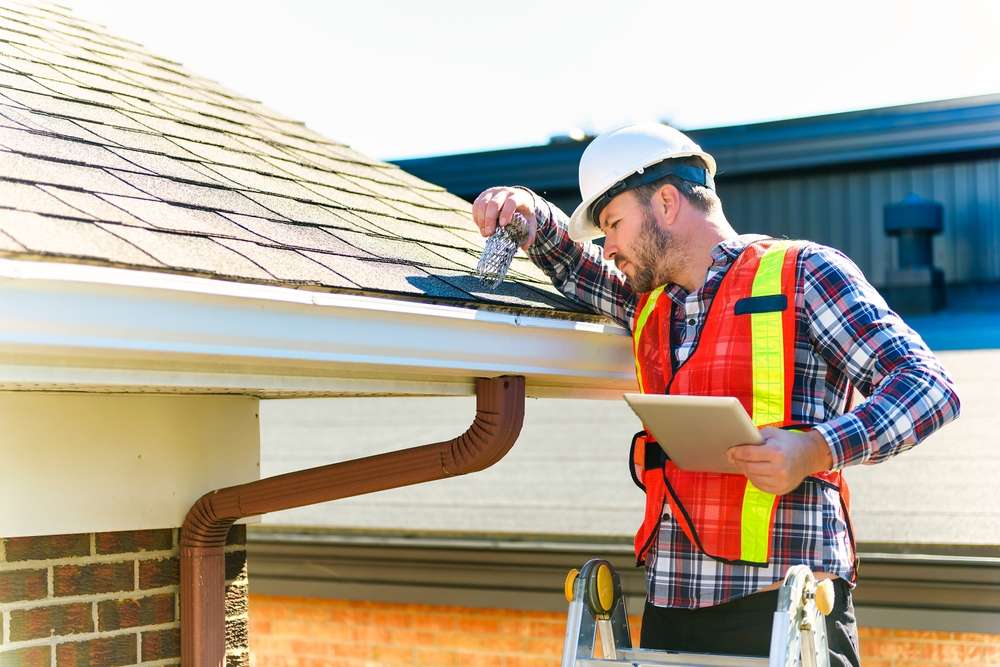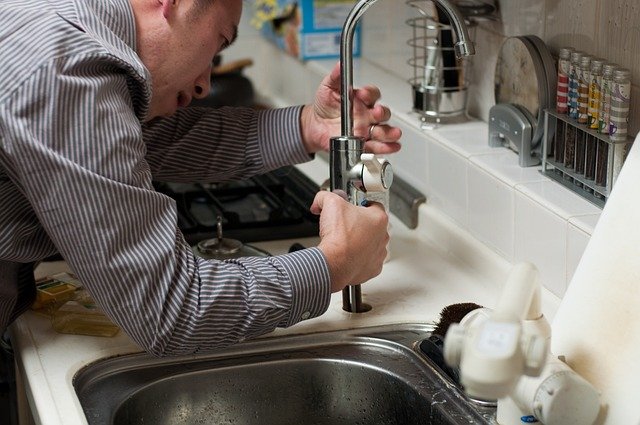Solar Roofing: Complete Guide to Installation and Costs
Solar roofing represents a revolutionary approach to home energy generation, combining traditional roofing materials with integrated photovoltaic technology. Unlike conventional solar panels mounted on existing roofs, solar roofing tiles and shingles serve as both protective roofing material and energy generation systems. This innovative technology offers homeowners an aesthetically pleasing way to harness solar power while maintaining their home's architectural integrity and potentially increasing property value.

What Are the Benefits of Solar Roof Installation?
Solar roof installation provides numerous advantages beyond traditional roofing solutions. The primary benefit is energy independence, allowing homeowners to generate their own electricity and significantly reduce monthly utility bills. Many solar roof systems can produce enough energy to power an entire home, with excess energy often sold back to the grid through net metering programs.
Durability represents another significant advantage, as solar roofing materials are engineered to withstand extreme weather conditions, including hail, high winds, and heavy snow loads. Most manufacturers offer warranties of 25 years or more, often exceeding traditional roofing material lifespans. Additionally, solar roofs can increase property values by an average of 4% according to recent real estate studies.
Environmental benefits include reduced carbon footprint and decreased reliance on fossil fuel-generated electricity. Solar roofs also provide excellent insulation properties, helping regulate indoor temperatures and further reducing energy consumption for heating and cooling systems.
How to Find Solar Roof Installation Companies
Locating qualified solar roof installation companies requires careful research and evaluation. Start by searching for certified installers in your area through the North American Board of Certified Energy Practitioners (NABCEP) database, which maintains listings of qualified solar professionals.
Request multiple quotes from different companies to compare pricing, equipment options, and installation timelines. Verify that potential installers carry proper licensing, insurance, and bonding for your state and local area. Check customer reviews on independent platforms and request references from recent installations.
Evaluate each company’s experience specifically with solar roofing systems, as installation techniques differ from traditional solar panels. Ask about their partnerships with manufacturers and whether they offer comprehensive warranties covering both materials and installation work. Local contractors often provide better ongoing support and faster response times for maintenance needs.
Understanding the Average Cost for Solar Roofing
Solar roofing costs vary significantly based on home size, roof complexity, local labor rates, and chosen technology. The average cost ranges from $15 to $25 per square foot for integrated solar shingles, while solar tiles typically cost between $20 to $30 per square foot installed.
For a typical 2,000 square foot home, total solar roofing costs generally range from $40,000 to $70,000 before incentives. However, federal tax credits can reduce costs by 30%, with additional state and local incentives potentially available. Many homeowners see complete payback within 10-15 years through energy savings.
Factors affecting pricing include roof pitch and complexity, electrical system upgrades, permitting costs, and regional installation rates. More complex roof designs with multiple angles, dormers, or chimneys increase installation costs due to additional labor and specialized components required.
| Solar Roofing Provider | Technology Type | Cost per Square Foot | Warranty Period |
|---|---|---|---|
| Tesla Solar Roof | Glass Solar Tiles | $21-$25 | 25 years |
| GAF Timberline Solar | Integrated Shingles | $17-$22 | 25 years |
| CertainTeed Apollo II | Solar Shingles | $15-$20 | 25 years |
| SunTegra | Integrated Tiles | $18-$24 | 25 years |
| Luma Solar | Solar Shingles | $16-$21 | 20 years |
Prices, rates, or cost estimates mentioned in this article are based on the latest available information but may change over time. Independent research is advised before making financial decisions.
Installation Process and Timeline
Solar roof installation typically requires 3-7 days for completion, depending on home size and roof complexity. The process begins with removing existing roofing materials and preparing the roof deck with proper underlayment and moisture barriers.
Installation teams then systematically install solar roofing materials while ensuring proper electrical connections and weatherproofing. Electrical work includes installing inverters, monitoring systems, and connecting to the home’s electrical panel and utility grid.
Final steps involve inspection by local authorities and utility companies before system activation. Most installations require temporary scaffolding and may necessitate staying elsewhere during active installation periods due to exposed roof areas.
Maintenance and Long-term Performance
Solar roofing systems require minimal maintenance compared to traditional roofing materials. Regular inspection for debris, damaged tiles, or loose connections helps maintain optimal performance. Most systems include monitoring capabilities that alert homeowners to performance issues.
Cleaning requirements depend on local climate conditions, with most systems self-cleaning through rainfall. In dusty or heavily polluted areas, occasional professional cleaning may improve energy production. Snow removal is typically unnecessary as solar roofing generates enough heat to melt accumulated snow naturally.
Performance monitoring through smartphone apps or web portals allows homeowners to track energy production and identify potential issues quickly. Most manufacturers provide remote monitoring services and can detect system problems before they significantly impact energy generation.
Solar roofing represents a significant investment in home energy independence and environmental sustainability. While initial costs exceed traditional roofing materials, long-term energy savings and increased property values often justify the investment. Careful selection of qualified installers and appropriate technology ensures optimal performance and longevity for decades of reliable energy generation.




